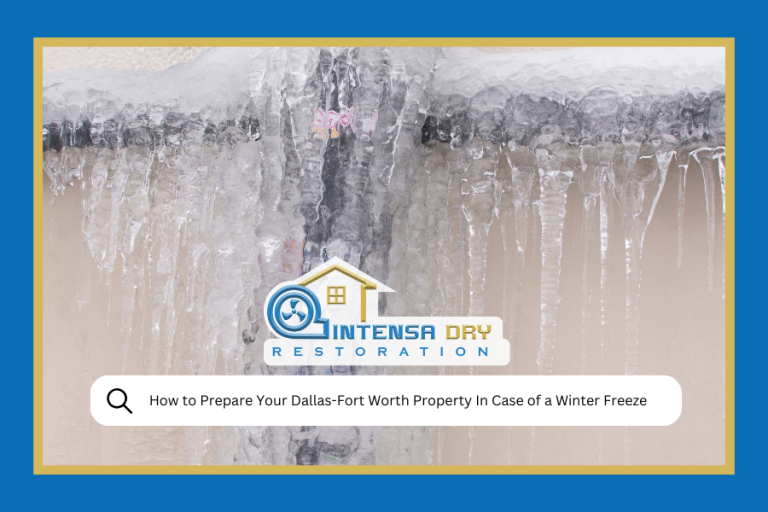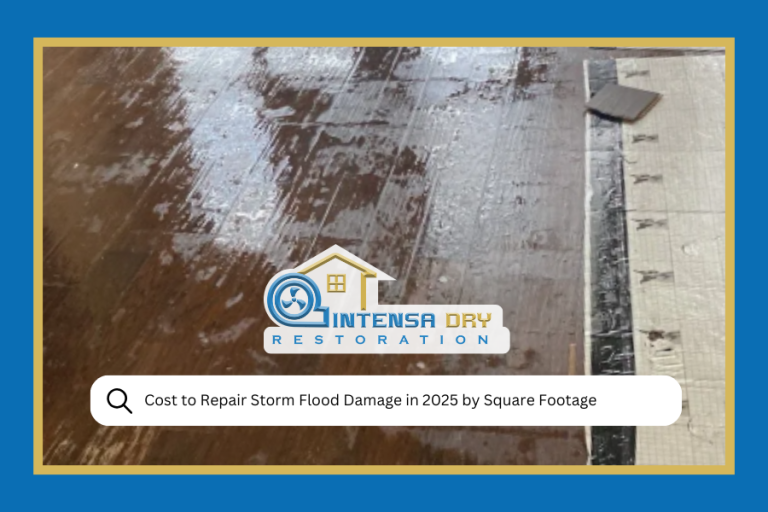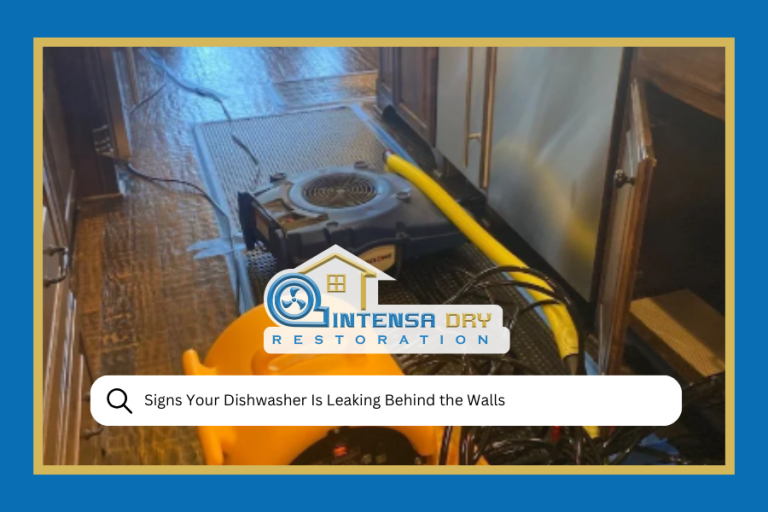Experiencing water damage can be overwhelming, but knowing how to handle the reconstruction process can make all the difference. In this case study, we’ll walk you through a Plano home’s journey from water damage to full restoration, highlighting essential steps and best practices. With insights from Intensa Dry, experts in water damage cleanup, we’ll cover everything from initial assessment to final touches, ensuring you’re well-equipped to tackle your own recovery. Whether you’re dealing with a minor leak or significant flooding, this guide will help you navigate the complexities of home reconstruction with confidence.
Water damage can turn a cozy home into a stressful situation in no time. Whether it’s from a burst pipe, heavy rain, or a malfunctioning appliance, dealing with water damage requires quick action and a solid plan. In this case study, we’ll explore a real-life scenario in Plano where a home faced significant water damage and went through the reconstruction process. With insights from Intensa Dry, a leader in water damage cleanup, we’ll break down each step of the recovery process, providing you with practical tips and real-world solutions for your own home.
1. Assessing the Situation
Assessing the situation involves evaluating the extent of water damage and determining the necessary repairs and reconstruction. This step is crucial for understanding the scope of work and estimating the associated costs. Costs for home reconstruction can vary widely based on the damage’s severity, materials used, and labor required. Typical expenses may include water removal, structural repairs, mold remediation, and finishing work, with costs potentially ranging from a few thousand to tens of thousands of dollars depending on the extent of the damage.
The first step in handling water damage is to assess the extent of the problem. For our Plano case study, this began with a thorough inspection of the affected areas. Water damage can be deceptive; while it might look contained on the surface, it can have underlying effects that are not immediately visible.
Initial Inspection
The homeowners, Sarah and Mark, discovered the damage after a particularly heavy rainstorm. Water had seeped through their roof and caused extensive damage to their attic, ceiling, and walls. Intensa Dry’s team arrived promptly to conduct an initial assessment. They checked for:
Visible Water Damage:
Stains, warping, and mold growth were immediate indicators of water damage.
Structural Integrity:
Ensuring that the damage had not compromised the home’s structural elements was crucial.
Hidden Moisture:
Using moisture meters, they identified areas where water had seeped into less obvious spaces, like behind walls and under flooring.
2. Immediate Action and Water Removal
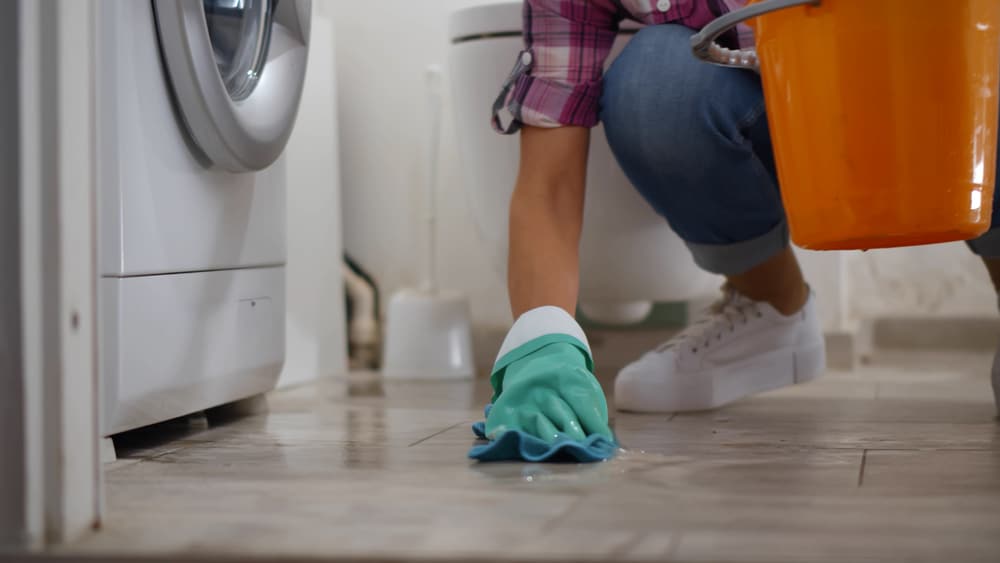
Once the assessment was complete, the next step was to remove the water and prevent further damage. This is where timely action becomes critical.
Water Extraction
Intensa Dry used high-powered pumps and vacuums to remove standing water. They also utilized industrial-grade dehumidifiers to address residual moisture. This step was essential to:
Prevent Mold Growth:
Water left standing for more than 24 hours can lead to mold growth, which can complicate the reconstruction process and pose health risks.
Minimize Damage:
Effective water removal helps to preserve as much of the existing structure as possible.
3. Drying and Dehumidification
Drying and dehumidification are critical for addressing water damage, ensuring that all affected areas are thoroughly dried to prevent mold and further damage. Once the drying process is complete, reconstruction can begin, including repairing structural elements and restoring damaged interiors. Reconstruction and Accessibility: Making Your Plano Home Inclusive Additionally, it’s an opportunity to make your Plano home more accessible and inclusive by incorporating features such as wider doorways, ramps, or accessible fixtures, ensuring the home is comfortable and functional for everyone, including those with mobility challenges.
After the initial water removal, the focus shifted to drying out the affected areas. This phase can take several days, depending on the extent of the water damage.
Drying Out
Intensa Dry employed a combination of air movers and dehumidifiers to accelerate the drying process. Key areas they focused on included:
Walls and Ceilings:
Ensuring these surfaces were thoroughly dried to prevent warping and further damage.
Floors:
Different flooring materials require different drying methods; for example, hardwood floors might need special attention to prevent buckling.
Insulation:
Wet insulation needs to be removed and replaced to maintain energy efficiency and prevent mold growth.
4. Mold Inspection and Remediation
Mold is a common issue following water damage, and addressing it promptly is crucial for a safe and healthy living environment.
Mold Inspection
Intensa Dry conducted a thorough mold inspection to identify any hidden mold growth. They used moisture meters and thermal imaging cameras to detect areas at risk.
Mold Remediation
If mold was found, they followed strict procedures to remove it safely. This included:
Containment:
To prevent the spread of mold spores to unaffected areas, containment barriers were set up.
Removal:
Affected materials, such as drywall and insulation, were carefully removed and disposed of.
Cleaning and Disinfection:
All surfaces were cleaned and disinfected to remove any remaining mold spores.
5. Repairs and Reconstruction
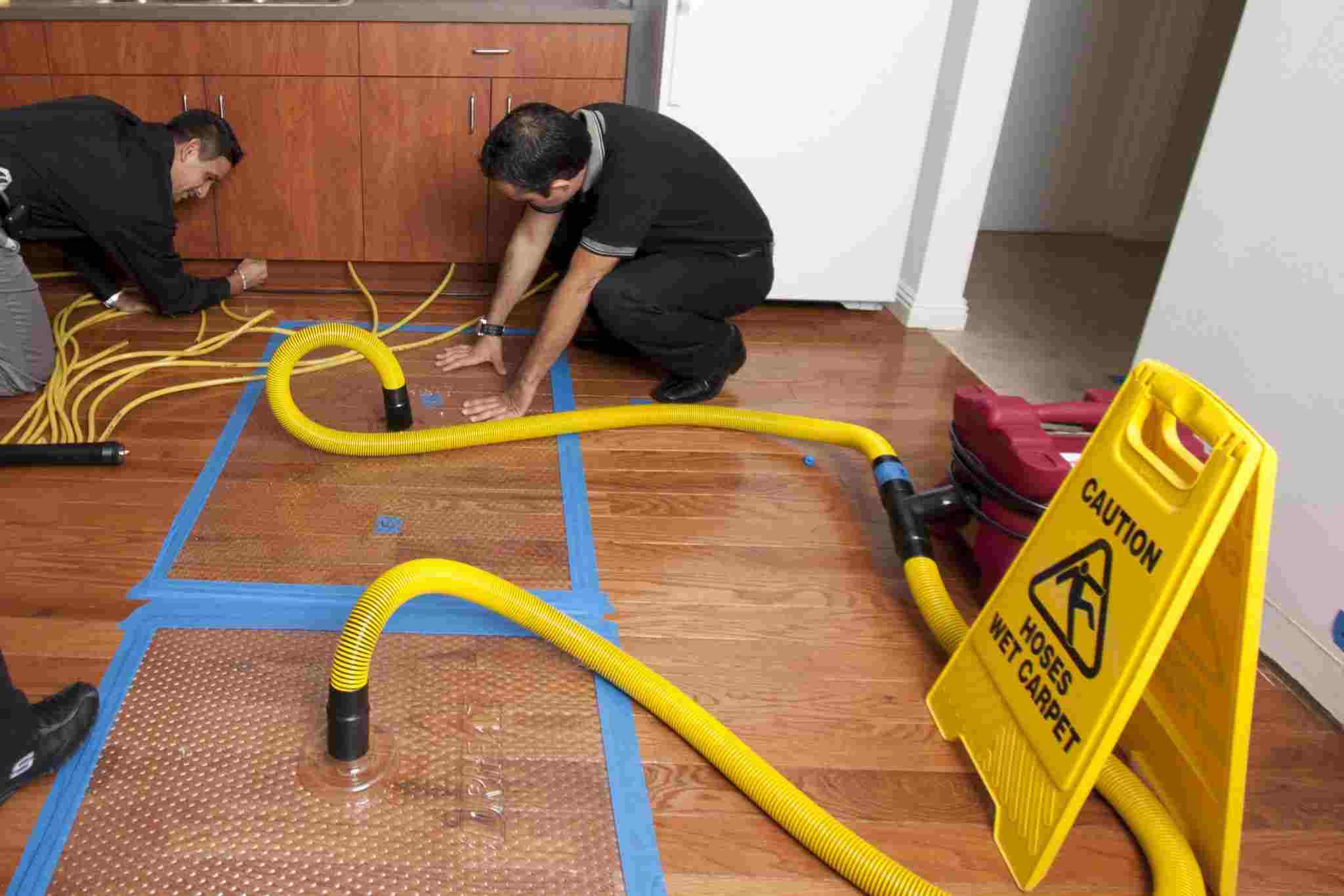
Repairs and reconstruction encompass not only fixing damaged structures but also extensive reconstruction services to restore a home or building to its original condition. This includes replacing or repairing structural elements like walls, ceilings, and floors, as well as addressing any damage to fixtures and fittings. Reconstruction services ensure that both visible and hidden damage is addressed, providing a comprehensive solution to return the property to a safe and functional state.
With the home now dry and mold-free, it was time to begin the reconstruction process.
Structural Repairs
The team started with repairs to any structural damage. This might include:
Roof Repairs:
Fixing leaks or replacing damaged roofing materials.
Wall and Ceiling Repairs:
Replacing or repairing drywall, plaster, and other materials affected by water damage.
Interior Repairs
Next, attention turned to the interior of the home. This included:
Flooring:
Replacing damaged flooring, whether it was carpet, hardwood, or tile.
Painting:
Touching up or repainting walls and ceilings to restore the home’s appearance.
Fixtures and Fittings:
Repairing or replacing any fixtures or fittings that were damaged.
6. Prevention and Future Protection
Once the reconstruction was complete, it was important to take steps to prevent future water damage.
Regular Maintenance
Intensa Dry recommended regular maintenance practices, including:
Roof Inspections:
Regular checks for damage or wear to prevent leaks.
Gutter Cleaning:
Ensuring gutters are clear to prevent overflow and water damage.
Plumbing Checks:
Regular inspections to catch potential issues before they cause major damage.
Water Detection Systems
Installing water detection systems, such as leak detectors or smart home sensors, can provide early warnings of potential water issues. These systems alert homeowners to leaks or unusual moisture levels, allowing for quicker action to prevent damage.
7. Lessons Learned
The Plano case study offers valuable insights into managing water damage effectively. Here are some key takeaways:
Act Quickly:
The sooner you address water damage, the less likely you are to face extensive problems like mold growth or structural damage.
Professional Help:
Working with experts like Intensa Dry can make a significant difference in the quality and efficiency of the restoration process.
Prevention is Key:
Regular maintenance and preventive measures can save you from future headaches and expenses.
FAQs
How do you recover from water damage?
Recovering from water damage involves first removing the water and thoroughly drying out the affected areas to prevent mold growth. Next, inspect and repair any structural damage or affected materials, such as walls, floors, and insulation. Finally, address any mold issues, and take preventive measures to avoid future problems, such as maintaining roofing and plumbing systems.
What are the structural damages caused by water?
Water damage can compromise structural integrity by causing wood to rot, weakening beams, joists, and other load-bearing components. It can also lead to the warping and buckling of flooring, walls, and ceilings, potentially resulting in safety hazards. Additionally, prolonged moisture exposure can erode concrete foundations and cause them to crack or shift.
What is water damage restoration?
Water damage restoration is the process of repairing and recovering a property affected by water intrusion to restore it to its pre-damage condition. This involves removing standing water, thoroughly drying and dehumidifying the area, and repairing or replacing damaged structures and materials. The goal is to mitigate damage, prevent mold growth, and ensure the property is safe and habitable.
How do you recover water damaged documents?
To recover water-damaged documents, first, gently separate and freeze them to prevent further damage and drying out. Once frozen, carefully thaw and air-dry the documents in a clean, dry environment, using fans or a dehumidifier if needed. For critical documents, professional document restoration services can provide specialized treatment to clean and restore them.
Can files be recovered after water damage?
Yes, files can often be recovered after water damage by first freezing them to halt further deterioration. Once frozen, they can be carefully thawed and dried using appropriate methods, such as air drying or vacuum freeze-drying. For files with significant damage, professional recovery services may be required to restore them effectively.
Conclusion
Reconstructing a home after water damage is no small task, but with the right approach, it’s entirely manageable. Our Plano case study, with guidance from Intensa Dry, highlights the importance of timely action, thorough inspection, and effective remediation. By following these steps and taking preventive measures, homeowners can restore their properties and protect them from future issues. If you find yourself facing water damage, remember that professional help is available, and with careful planning, you can navigate the reconstruction process smoothly and successfully.



